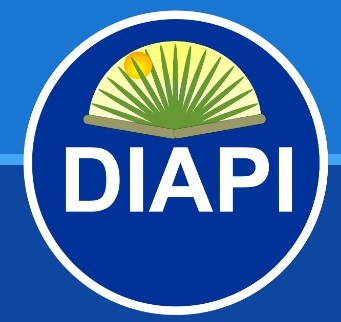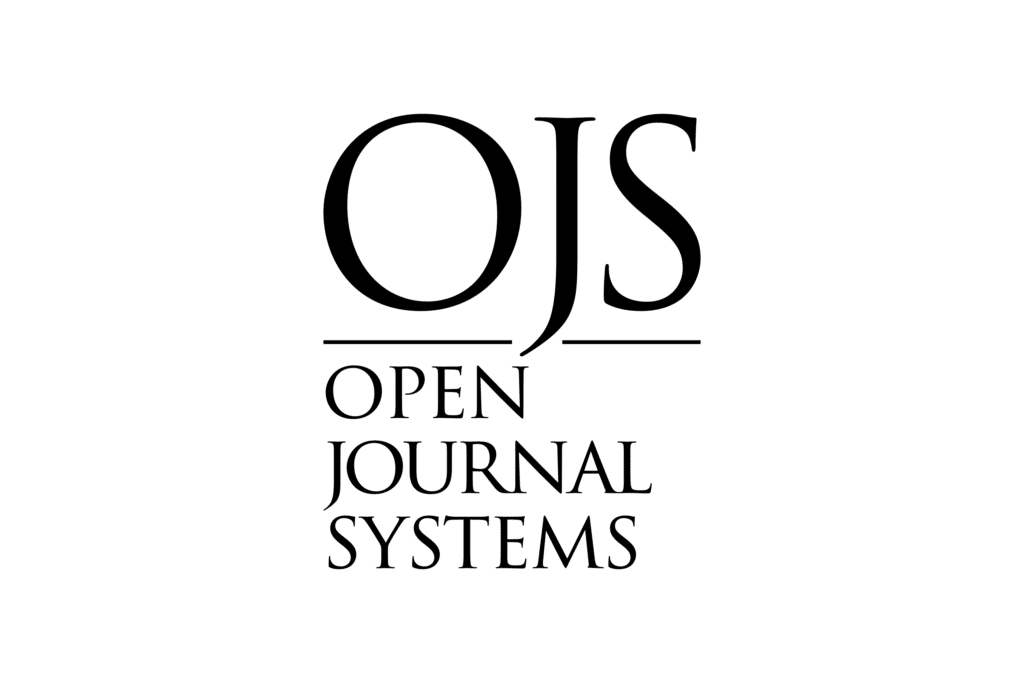A SUBJECT THAT CAN BE LESS COMPLICATED FOR THE STUDENTS: THE FUNCTIONAL MORPHOLOGY
DOI:
https://doi.org/10.52579/diapi.vol2.i.a13603Keywords:
Didactic materials, Physical culture, SemipresencialidadAbstract
The intention of this work is to make known how the Functional Morphology subject, which has traditionally been complex for students of any of the careers that include it in their curriculum, can be less complicated with the use of teaching materials in the meeting class, blended , a modality that conceives learning on the basis of three components: The system of face-to-face activities, independent study, fundamentally using the didactic materials provided for each program and the scientific-technical and teaching information services. We know that didactic materials are learning resources that support face-to-face activities and the self-preparation of students, which optimize the development of the teaching-learning process due to their relevance by allowing the autonomy and cognitive independence of the student, a determining aspect in the pedagogical model that is used. carried out in the Municipal University Centers, for which they acquire greater significance and functionality. The Functional Morphology subject plays an important role in the curriculum of the Bachelor of Physical Culture career, because it lays the foundations of the biological cycle, it is essential in the comprehensive training of future professionals, it allows the comprehensive interpretation of biological adaptation processes that occur as a result of the systematic practice of physical exercises and also constitutes the necessary basis to biologically support the regularities that characterize the Theory and Methodology of Physical Education and Sports Training, subjects of the base curriculum that are part of the disciplines of the exercise of the profession.
Downloads
References
Colectivo de autores. (2003). Preparación Pedagógica integral para profesores universitarios. Editorial Félix Varela. La Habana.
Colectivo de autores. (2006). La nueva universidad Cubana y su contribución a la universalización del conocimiento. Editorial Félix Varela, La Habana.
Colectivo de autores. (2012). Validación del cuaderno práctico de Morfo fisiología IV. Revista Electrónica PODIUM, No 19, Marzo 2012.
Guerrero, A. (2009). Los materiales didácticos en el aula. Revista digital para profesionales de la enseñanza. Temas para la Educación. Nov. 2009.
Lombillo, I. (2011). Estrategia metodológica para el uso integrado y progresivo de los medios de enseñanza por docentes de la Universidad Agraria de la Habana. [Tesis de doctorado, Universidad Agraria de la Habana]. [archivo pdf].
Peraza, C. Gil, Y. Pardo,Y. ,Soler, L.O. (2017). Características de los medios de enseñanza en el proceso de enseñanza – aprendizaje en la Educación Física. Disponible en: http://podium.upr.edu.cu/index.php/podium/article/view/681
Programa de la Disciplina ”Fundamentos Biológicos del Ejercicio Físico”. Plan E. MES
Programa analítico de la asignatura “Morfología Funcional” . Plan E. UNAH
Rojas, A.R. (2003). Los medios de enseñanza y su importancia en el proceso de enseñanza aprendizaje. CEPES, UH. Material digital.
RM 2/2018: Reglamento Docente y Metodológico de la Educación Superior.
Torres, A. Lombillo, I. Nambolo, J. Pérez, B.(2018). La innovación educativa en el uso de los medios de enseñanza: una propuesta de solución que incluye las TIC. Revista cubana de Educación Superior. No3, Sept – Dic 2018
Downloads
Published
How to Cite
Issue
Section
License
Direitos Autorais
A submissão de originais para a Diálogos e Perspectivas Interventivas (DIAPI) implica na transferência, pelas(os) autoras(es), dos direitos de publicação. Os direitos autorais para os manuscritos publicados nesta revista são das(os) autoras(es), com direitos da DIAPI sobre a primeira publicação. As(os) autoras(es) somente poderão utilizar os mesmos resultados em outras publicações indicando explicitamente a DIAPI como o meio da publicação original.
Licença Creative Commons
Exceto onde especificado diferentemente, aplicam-se à matéria publicada nesta revista científica os termos da licença Creative Commons Attribution-ShareAlike 4.0 International License, que permite o uso irrestrito, a distribuição e a reprodução em qualquer meio desde que a publicação original seja corretamente citada.













 Esta obra está licenciada com uma Licença
Esta obra está licenciada com uma Licença 